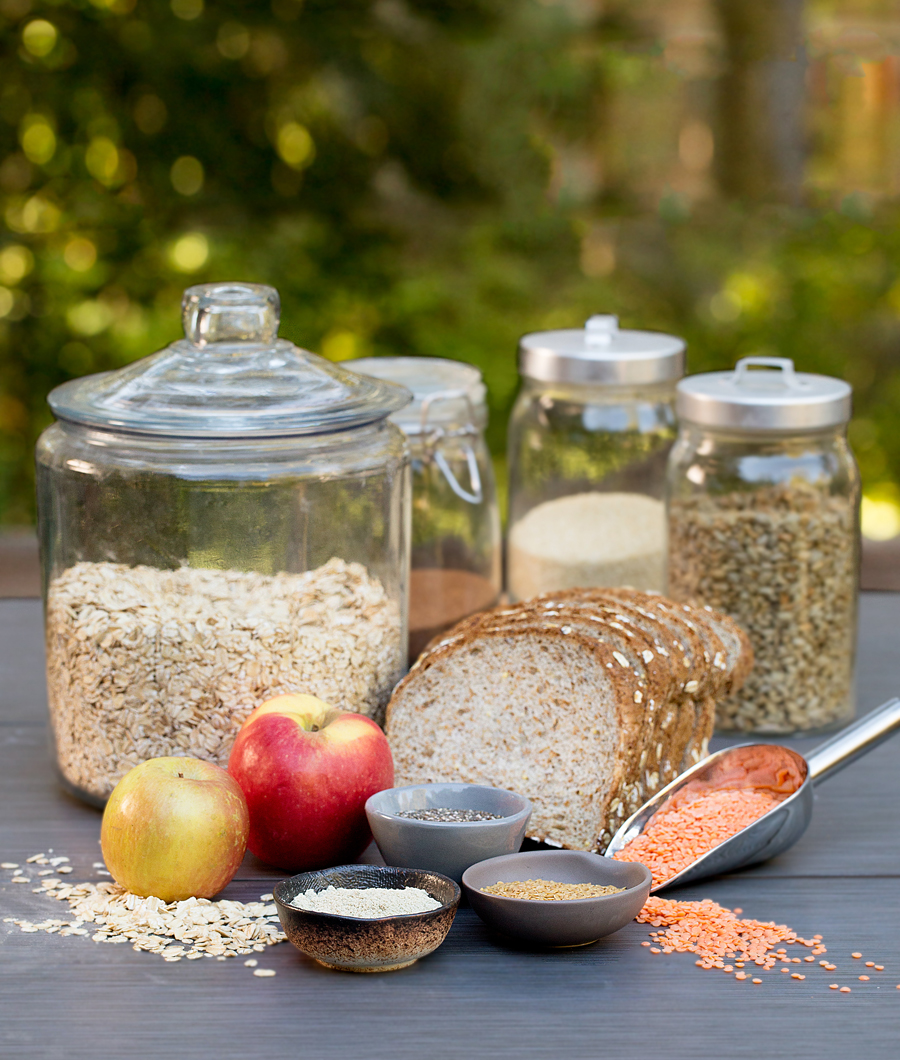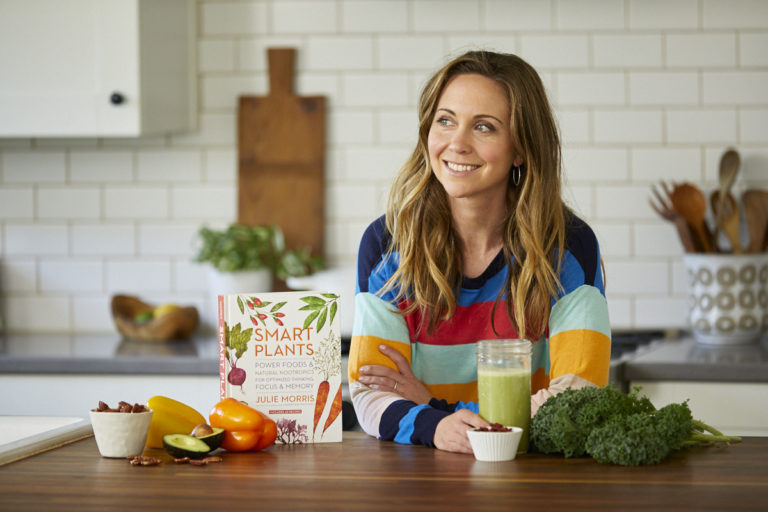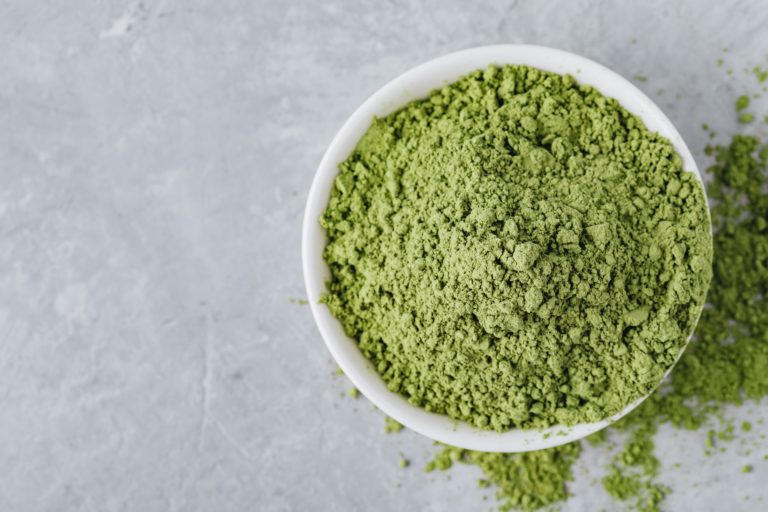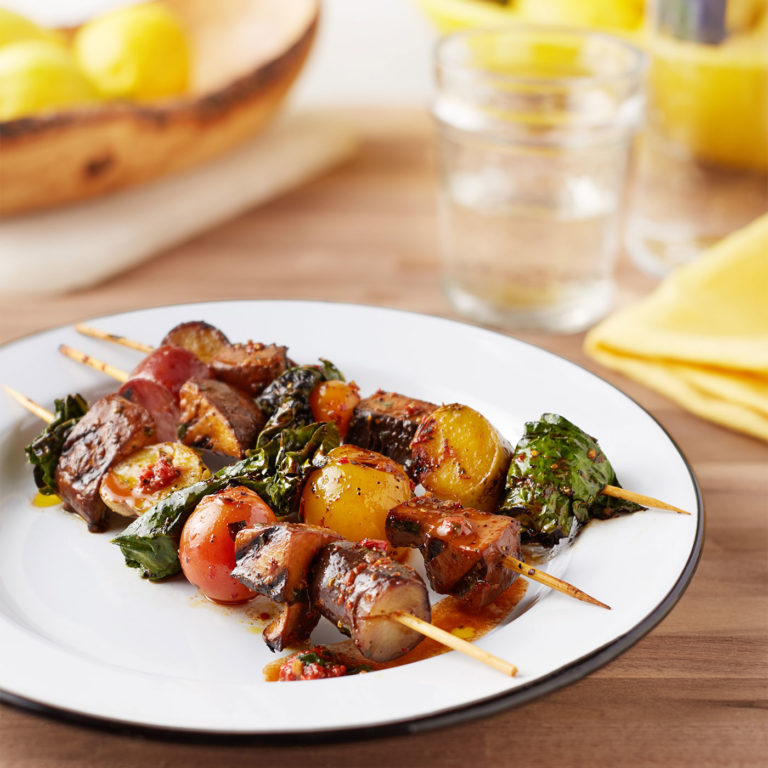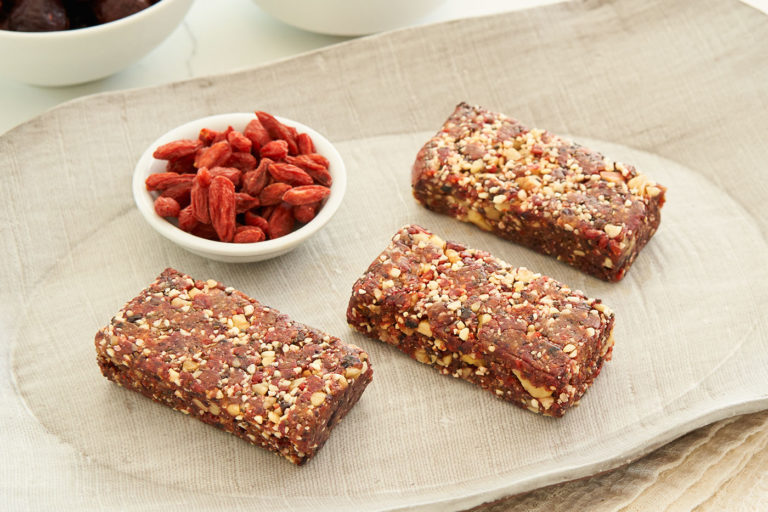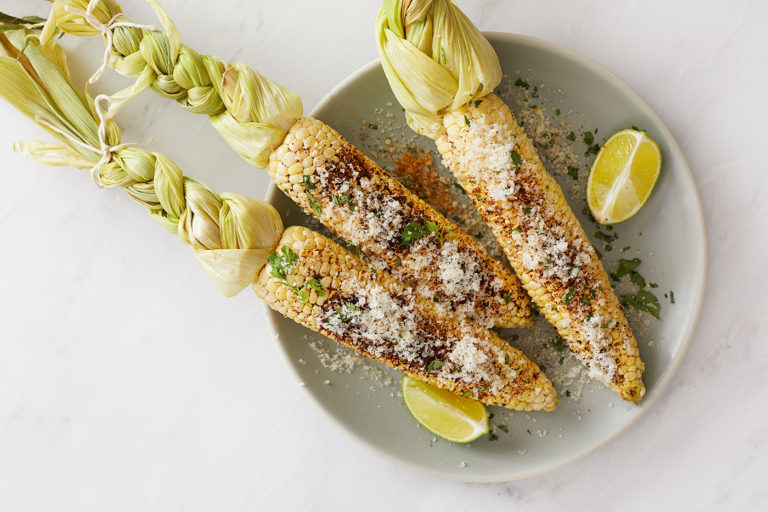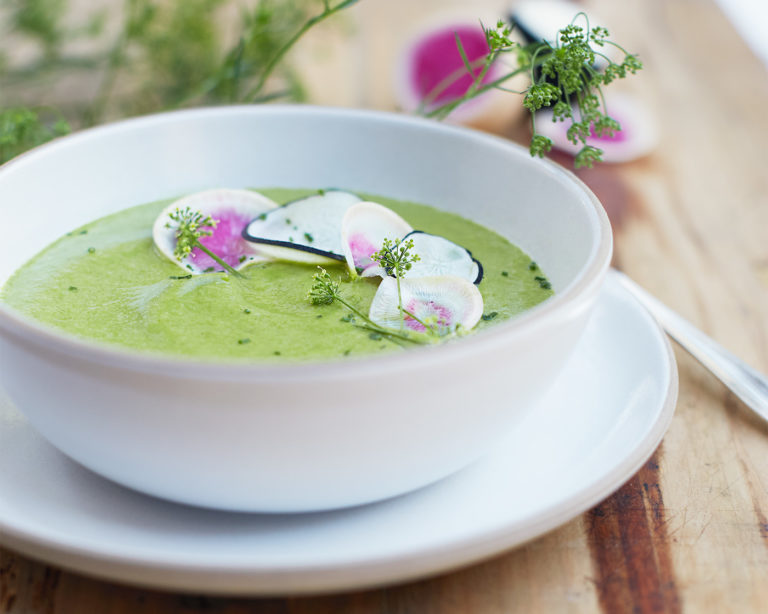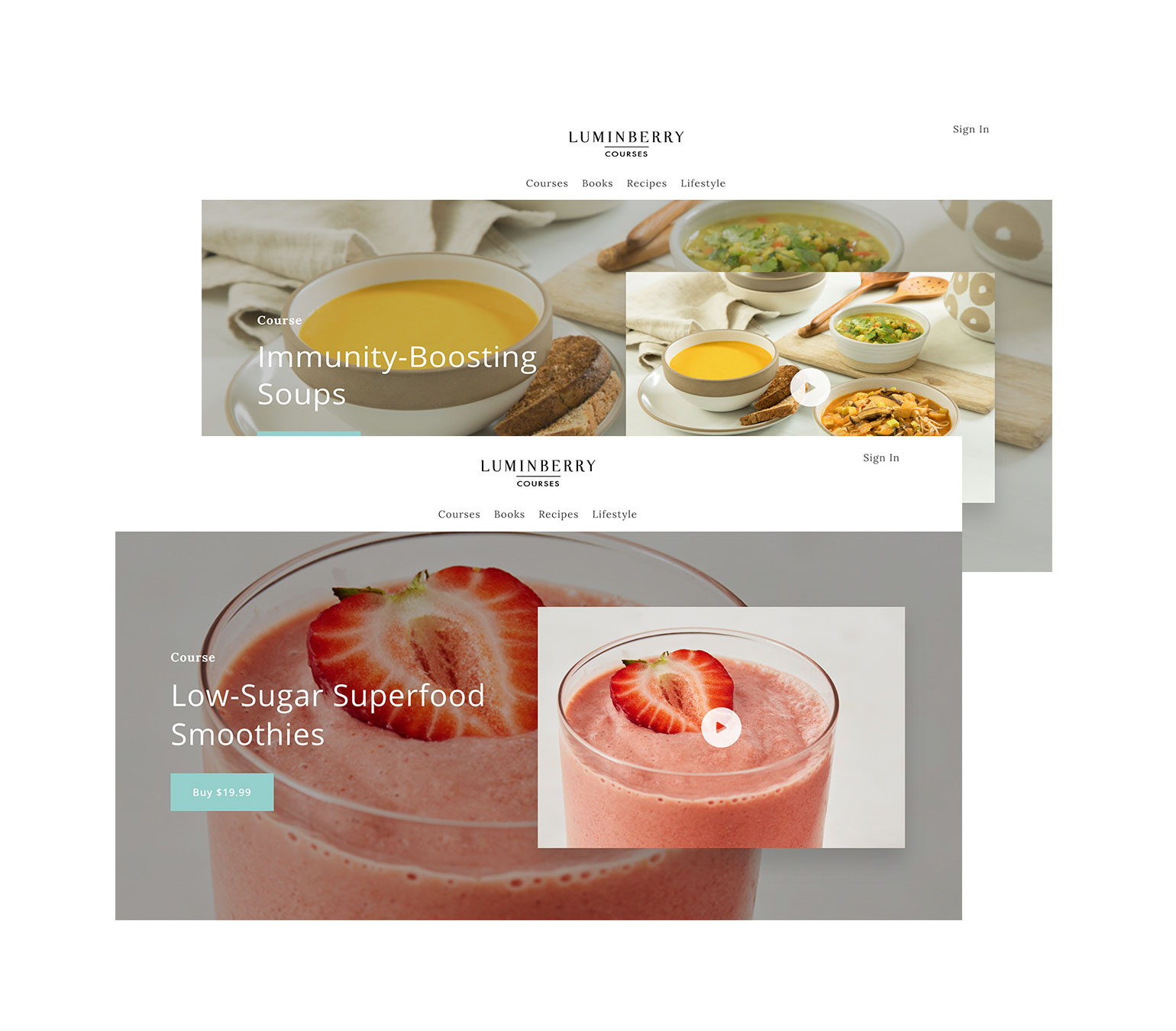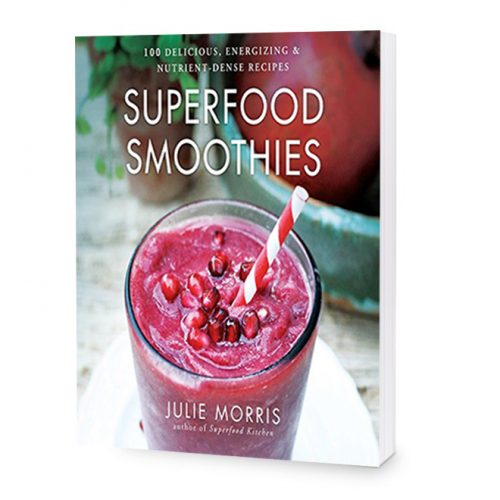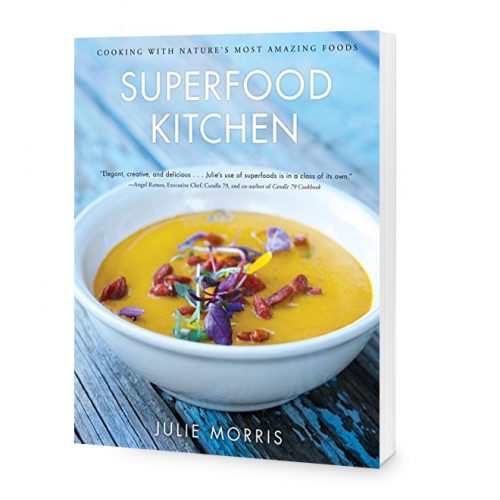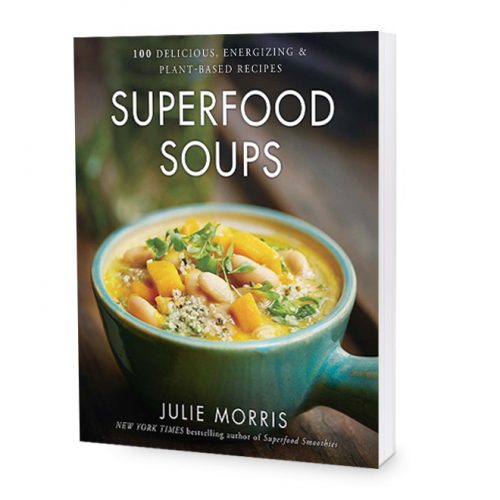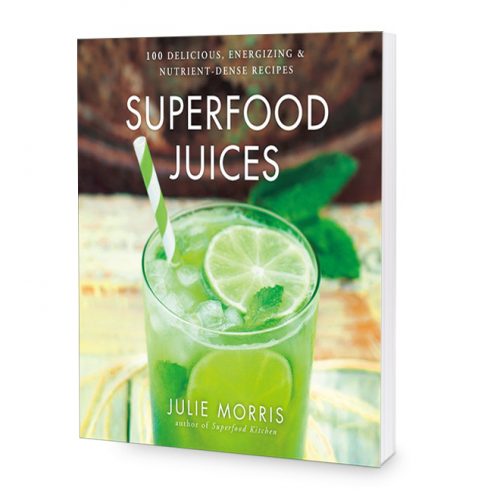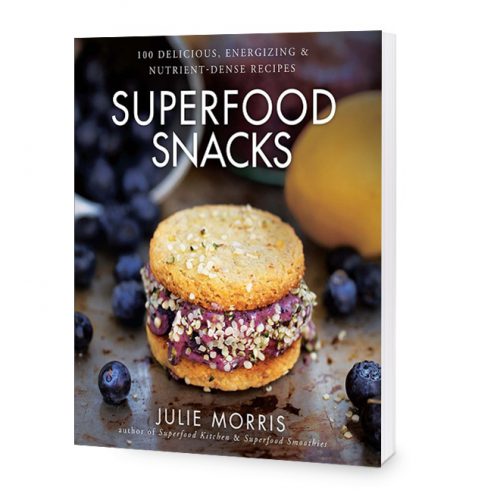If you’re looking for more fiber, you’re in good company! Many of us are seeking additional fiber in our diet, for a variety of reasons. Not only does dietary fiber help the body feel full and maintain a healthy weight, it can also help prevent chronic diseases, as well as maintain heart health and blood sugar levels. Even so, studies show many of us only get about half of the amount of fiber our bodies really need daily. The good news is, getting more fiber in your diet is as easy as selecting nutrient-rich foods that taste great and keep you satisfied from one meal to the next.
Dietary fiber is a type of carbohydrate that includes the parts of plant foods that the body can’t digest or absorb. Instead of moving through the digestive system, fiber passes through the stomach, small intestines, colon, and is excreted from your body. Through this process, fiber-rich foods absorb water from the body and ease bowel movements.
Perhaps fiber’s most well-known reputation is for preventing and relieving constipation, and making sure the digestive system is working properly. However, fiber-rich foods also help the body maintain a healthy weight, and lower the risk of heart disease and diabetes. According to a Harvard Medical School study, researchers found that a high total dietary fiber intake was linked to a 40 percent lower risk of coronary heart disease! Harvard has also linked high fiber intakes to lower risks of Type-2 Diabetes and diverticulitis.
As a general rule, the amount of fiber your body needs depends upon how many calories you’re consuming each day. The Mayo Clinic suggests that adult men age 50 or younger consume 38 grams of fiber each day, and men 50 consume 30 grams daily. Women under 50 should consume 25 grams of fiber each day, and women over 51 should consume about 21 grams. If you’re counting calories, plan to eat about 14 grams of fiber for every 1,000 calories that you consume.
Getting this amount of fiber a day is motivatingly easy: there are so many delicious natural sources, that eating more fiber feels more like a treat than a chore! Seeds, superfood powders, grains, fruits and dried fruits can be easily combined to create easy and delicious fiber-rich recipes for granola, oatmeal, yogurt, and smoothies. Here are some fantastic options for fiberous fuel:
- 1 small banana – 3 grams fiber
- ½ cup cooked red or black beans – 7 grams fiber
- 1 tablespoon Chia seeds – 5 grams fiber
- 2 tablespoons Flaxseed Powder – 5 grams fiber
- 1 ounce Dried Mulberries – 4 grams fiber
- 1 small apple – 5 grams fiber
- ½ cup blueberries – 3 grams fiber
- 1 teaspoon Green Coffee Powder – 3 grams fiber
- ¼ cup Hemp Powder – 5 grams fiber
- ½ cup lentils – 8 grams fiber
- ½ cup oatmeal – 3 grams fiber

